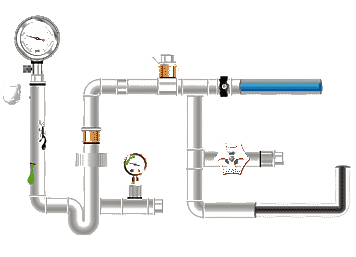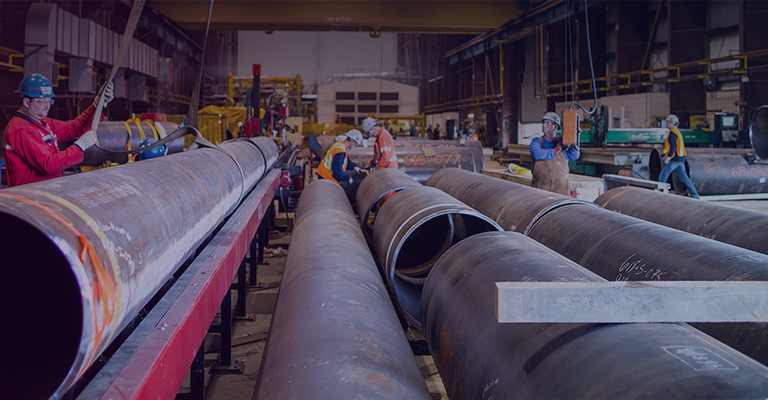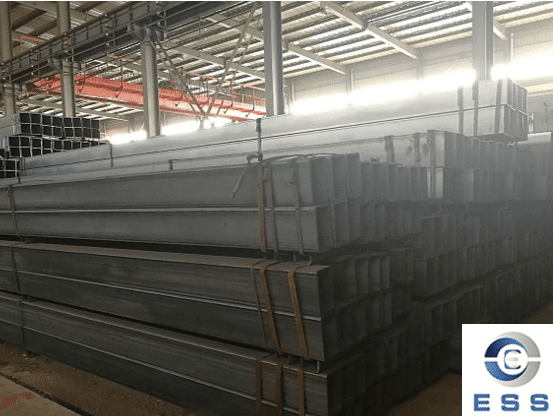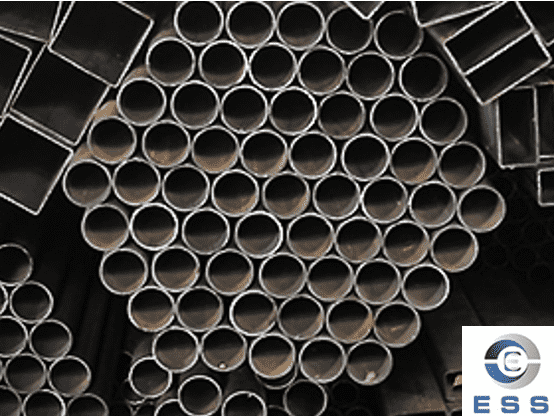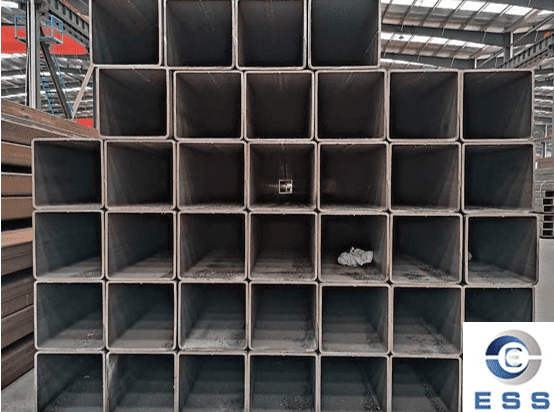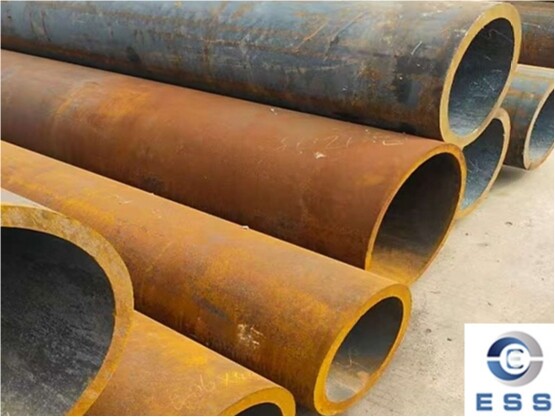
As an important infrastructure material,
steel pipe is widely used in construction, oil and gas, chemical industry,
transportation and other industries. Among the many steel pipe materials, mild
steel pipe, stainless
steel pipe and alloy steel pipe are the three most common types. They each
have different performance characteristics and applicable fields. Therefore,
when choosing steel pipes, how to choose the right type according to actual
needs is an important issue to consider in every engineering project.
Mild steel pipe——economical and practical, suitable for general environment
What is mild steel pipe?
Mild steel pipe is a pipe made of low carbon steel with a carbon
content of 0.10% to 0.25%. Mild steel pipe is a kind of carbon
steel pipe. Its core feature is that the carbon content is less than 0.25%,
which is different from medium carbon steel (0.25%-0.60%) and high carbon steel
(>0.60%). The main features include good plasticity and toughness, good
weldability and low cost.
Performance characteristics of mild
steel pipes
1. Moderate strength and hardness
Due to the low carbon content, the strength
and hardness of mild steel pipes are relatively low, but they still meet many
application requirements within a certain range.
2. Good plasticity and toughness
Mild steel pipes are easy to undergo
various plastic deformations, such as curling, bending, stamping, etc., and
have good toughness and can remain stable in impact and vibration environments.
3. Easy to weld
Mild steel pipes have excellent welding
performance and are easy to accept various welding methods, such as arc
welding, gas shielded welding, etc. It is not easy to produce defects such as
cracks and pores during welding, and the weld quality is high.
4. Easy to cold process
Mild steel pipes have good cold processing
properties and can be processed by cold rolling, cold drawing, etc. to obtain
the desired size and shape.
Disadvantages of mild steel pipes
General corrosion resistance
Mild steel pipes that have not been
specially treated have relatively weak corrosion resistance. In a humid and
corrosive environment, mild steel pipes are easily corroded, which affects
their service life and performance. Therefore, in situations where corrosion
resistance needs to be improved, low-carbon steel pipes are usually required to
be surface treated, such as galvanizing, plastic spraying, etc.
Applicable scenarios for mild steel
pipes
1. Construction and engineering
Rolled into angle steel, channel steel,
etc., used for building components, containers, etc.
2. Machinery manufacturing
Making automotive parts (such as engine
hoods), bushings, etc., some of which require carburizing treatment to improve
wear resistance.
3. Daily necessities
Electrical fasteners, bicycle parts, etc.
Many pipe parts in daily necessities, such as hydraulic
tubes, are also often made of low-carbon steel pipes.
Stainless steel pipes——corrosion-resistant, high-temperature resistant, suitable for harsh
environments
What is a stainless steel pipe?
Stainless steel pipes refer to steel pipes
containing elements such as chromium and nickel, which have good corrosion
resistance and oxidation resistance. According to different alloying elements,
stainless steel can be divided into austenitic stainless steel, ferritic
stainless steel and martensitic stainless steel. Due to the corrosion
resistance and high-temperature resistance of stainless steel pipes, it is
widely used in chemical, food, medicine and other fields.
Performance characteristics of stainless
steel pipes
1. Strong corrosion resistance
The biggest advantage of stainless steel
pipes is their excellent corrosion resistance, which can resist the erosion of
various chemicals and is suitable for high humidity, acid and alkali
environments.
2. Good high temperature resistance
Stainless steel pipes can work at higher
temperatures and are not easy to oxidize, so they are suitable for high
temperature working environments.
3. Strong antioxidant ability
Stainless steel pipes have strong
antioxidant ability and are not easy to rust even if exposed to the air for a
long time.
4. Not easy to damage after long-term use
Stainless steel pipes have good durability
and can be used for a long time without frequent replacement.
Disadvantages of stainless steel pipes
1. High cost
The manufacturing cost of stainless steel
pipes is high, mainly because of the addition of alloy components and the
complexity of the manufacturing process.
2. Difficult processing
The processing of stainless steel pipes is
difficult, especially when welding and cutting, which requires more
professional technology and equipment.
Applicable scenarios of stainless steel
pipes
1. Chemical industry
Used to transport corrosive liquids or
gases, such as acids, alkalis, chlorine, etc.
2. Food processing industry
Used in food transportation, storage, etc.,
because stainless steel pipes are corrosion-resistant, they can ensure the
hygiene and safety of food.
3. Pharmaceutical industry
Used in the production and transportation
of medicines to ensure cleanliness and pollution-free in harsh environments.
4. Marine engineering
The corrosion resistance of stainless steel
pipes makes it an ideal pipeline material in marine engineering. For example,
drill pipes need to withstand the corrosion of seawater and high-pressure
environments, and stainless steel pipes are an ideal choice.
Alloy steel pipes——high strength, high temperature resistance, suitable for special
needs
What is alloy steel pipe?
Alloy steel pipe refers to a type of steel
pipe that is based on carbon steel and improves its mechanical properties,
corrosion resistance, high temperature resistance and other characteristics by
adding alloy elements (such as nickel, chromium, molybdenum, etc.). According
to the different alloy components, alloy steel pipes can be divided into many
types, among which low alloy steel pipes and high alloy steel pipes are common.
Performance characteristics of alloy
steel pipes
1. High strength
Alloy steel pipes have very high strength,
especially in situations where they are subjected to high pressure and
high-strength loads, it can ensure the safe operation of the pipeline system.
2. Excellent high temperature resistance
Alloy steel pipes can be used for a long
time in high temperature environments without oxidation or deformation, and are
particularly suitable for use in equipment working under extremely high
temperatures.
3. Strong corrosion resistance
The addition of alloy elements makes alloy
steel pipes have strong corrosion resistance, especially in chemically
corrosive environments.
4. Good weldability
Alloy steel pipes have good welding
performance and can be connected through appropriate welding processes.
Disadvantages of alloy steel pipes
1. Expensive
Alloy steel pipes have a high alloy
content, complex production process, and high price, and are suitable for
occasions with high performance requirements.
2. Difficult processing
Alloy steel pipes are difficult to process
and require higher technical levels and equipment.
Applicable scenarios for alloy steel
pipes
1. Oil and gas industry
Used for oil and gas pipelines, which can
withstand high pressure and harsh environmental conditions.
2. High temperature equipment
Such as boiler
tubes, steam pipes, etc., alloy steel pipes can work for a long time in
high temperature environments and maintain stable physical properties.
3. Aerospace industry
The strength and high temperature
resistance of alloy steel pipes make them an important material in the
aerospace field, and they are widely used in aircraft engines and spacecraft
components.
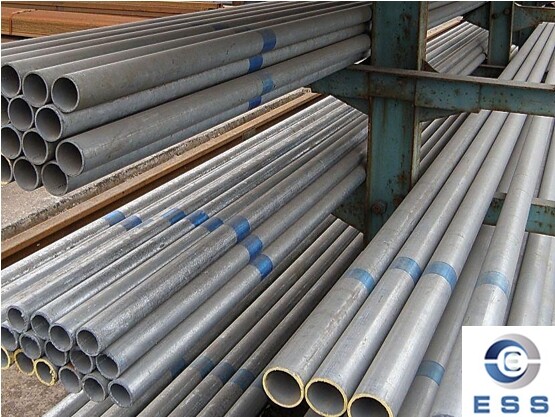
How to choose the right steel pipe?
To choose the right steel pipe, you must
first consider the following factors:
1. Working environment
Consider the working environment of the
pipeline, including temperature, pressure, corrosive media, etc. If the working
environment of the pipeline is complex, you may need to choose stainless steel
pipes or alloy steel pipes.
2. Strength requirements
If the pipeline
is subjected to high pressure or load, you need to choose high-strength
materials such as alloy steel pipes.
3. Economy
For projects with limited budgets,
low-carbon steel pipes are an economical and practical choice.
4. Long-term use
If long-term operation is required and high
requirements are placed on the performance of the pipeline, stainless steel
pipes or alloy steel pipes should be considered.
Conclusion
Low-carbon steel pipes, stainless steel
pipes, and alloy steel pipes have their own characteristics and are suitable
for different application scenarios. When choosing a suitable steel pipe, you
must first consider the performance and cost of the steel pipe based on factors
such as the working environment, pipeline bearing capacity, and corrosive
media. In a specific engineering project, the reasonable selection of steel
pipe materials can not only ensure the safety and stability of the pipeline
system, but also improve engineering efficiency and reduce maintenance costs.
Therefore, understanding the advantages and disadvantages of each steel pipe
and making a reasonable choice is crucial to the success of the project.
Read more: Thermal conductivity of carbon steel pipe or Difference between mild steel pipe and carbon steel pipe









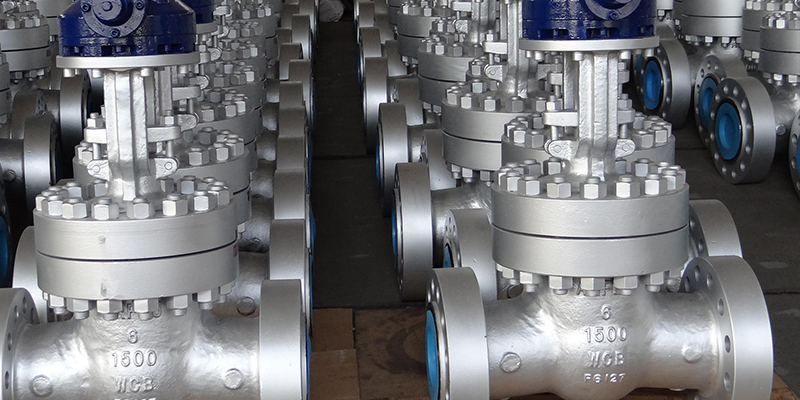
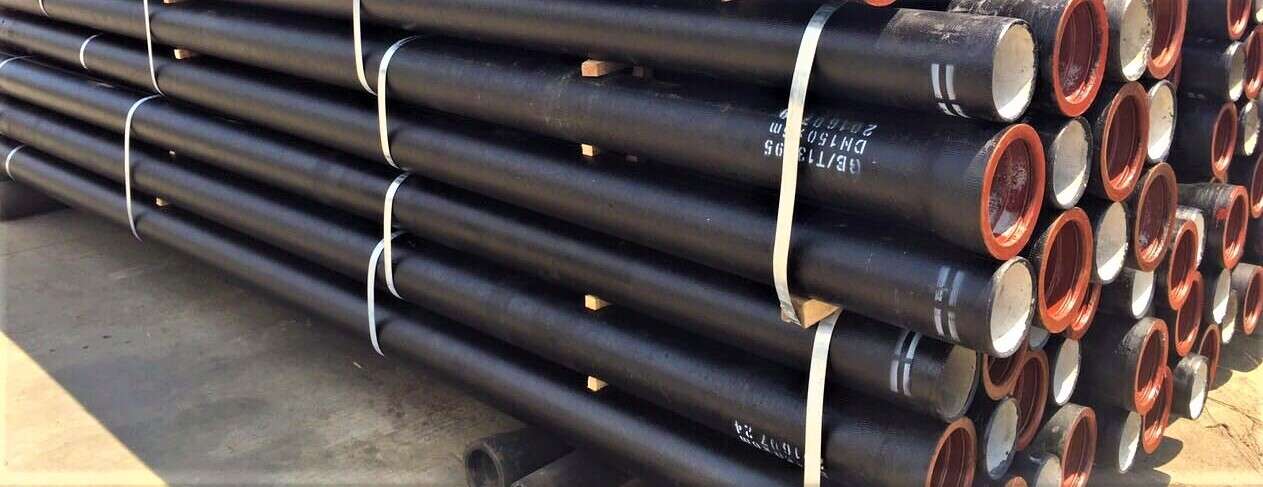


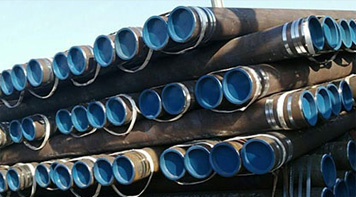 Eastern Steel Manufacturing Co.,Ltd not only improve product production and sales services, but also provide additional value-added services. As long as you need, we can complete your specific needs together.
Eastern Steel Manufacturing Co.,Ltd not only improve product production and sales services, but also provide additional value-added services. As long as you need, we can complete your specific needs together.
